Supported Independent Living
Introduction to SIL Accommodation Near Me!
Supported Independent Living (SIL) accommodation is an approach that helps individuals in their ability to live autonomously, while receiving assistance to overcome various challenges. This concept acknowledges that every individual deserves the opportunity to experience a self-reliant and satisfying life. By blending tailored assistance, skill development, and becoming part of the community, supported independent living paves the way for people with a range of requirements to flourish within their homes and among the local community.


Supported independent living means that individuals have the capacity to realize their dreams when provided with appropriate direction and tools. This process involves evaluation, cooperation, and a strong support system involving caregivers, experts, and peers. Through custom-made support plans and specialized coaching, as well as adjustments to living spaces for accessibility and emotional backing, this method strives to foster an atmosphere where self-sufficiency is fostered, and obstacles are removed.
Key Components of Supported Independent Living:
Personalized Support Plans:
Plans designed to meet the unique needs and goals of everyone. These plans consider factors such as daily tasks, health requirements, and personal aspirations.
Skill Development and Training:
Providing individuals with the tools and training they need to enhance their skills and abilities, enabling them to complete tasks independently and confidently.
Housing Options and Modifications:
Ensuring that living environments are suitable and accessible for individuals with various requirements, which may involve making necessary modifications to accommodate physical limitations.
Healthcare and Medical Support:
Facilitating access to healthcare services, medication management, and assistance with medical appointments to maintain physical well-being.
Personal Care Assistance:
Offering support with activities of daily living, such as grooming, dressing, bathing, and meal preparation, based on individual needs.
Financial Management Guidance:
Helping in managing finances, budgeting, and making informed financial decisions to promote financial independence.
Emotional and Psychological Support:
Recognizing the importance of mental well-being by offering counseling, emotional support, and strategies to cope with challenges.
Community Integration and Social Activities:
Encouraging involvement in social activities, community events, and opportunities for building connections to prevent isolation and promote a sense of belonging.
Collaboration with Support Professionals:
Working closely with caregivers, support staff, and professionals to ensure a comprehensive and coordinated approach to care and assistance.
Creating a Support Network:
Establishing a network of caregivers, family members, friends, and peers who contribute to the individual’s well-being and progress.
Choosing the right SIL

Selecting the ideal SIL home involves a thoughtful process that meets an individual’s preferences and requirements. Careful consideration of factors like location, available services, and the compatibility of the support team is essential. Assessing the home’s environment for accessibility, safety, and comfort is paramount. Additionally, reviewing the support plans offered, the quality of staff training, and the overall atmosphere can ensure a well-suited match. Thorough exploration of options and open communication with both the potential living arrangement and the support team aids in making a decision that promotes a fulfilling and independent lifestyle.
Create an independent living plan
Developing an Independent Living Plan for SIL involves identifying unique skills, setting realistic goals, incorporating family and professionals, caregivers, and the individual, the ILP outlines actionable steps to achieve these goals.
Regular evaluations ensure alignment with needs and progress. Flexibility is key, allowing adjustments to accommodate challenges or opportunities. By tailoring strategies, fostering collaboration, and maintaining adaptability, the ILP for SIL empowers individuals to chart their course toward self-sufficiency and a fulfilling life.
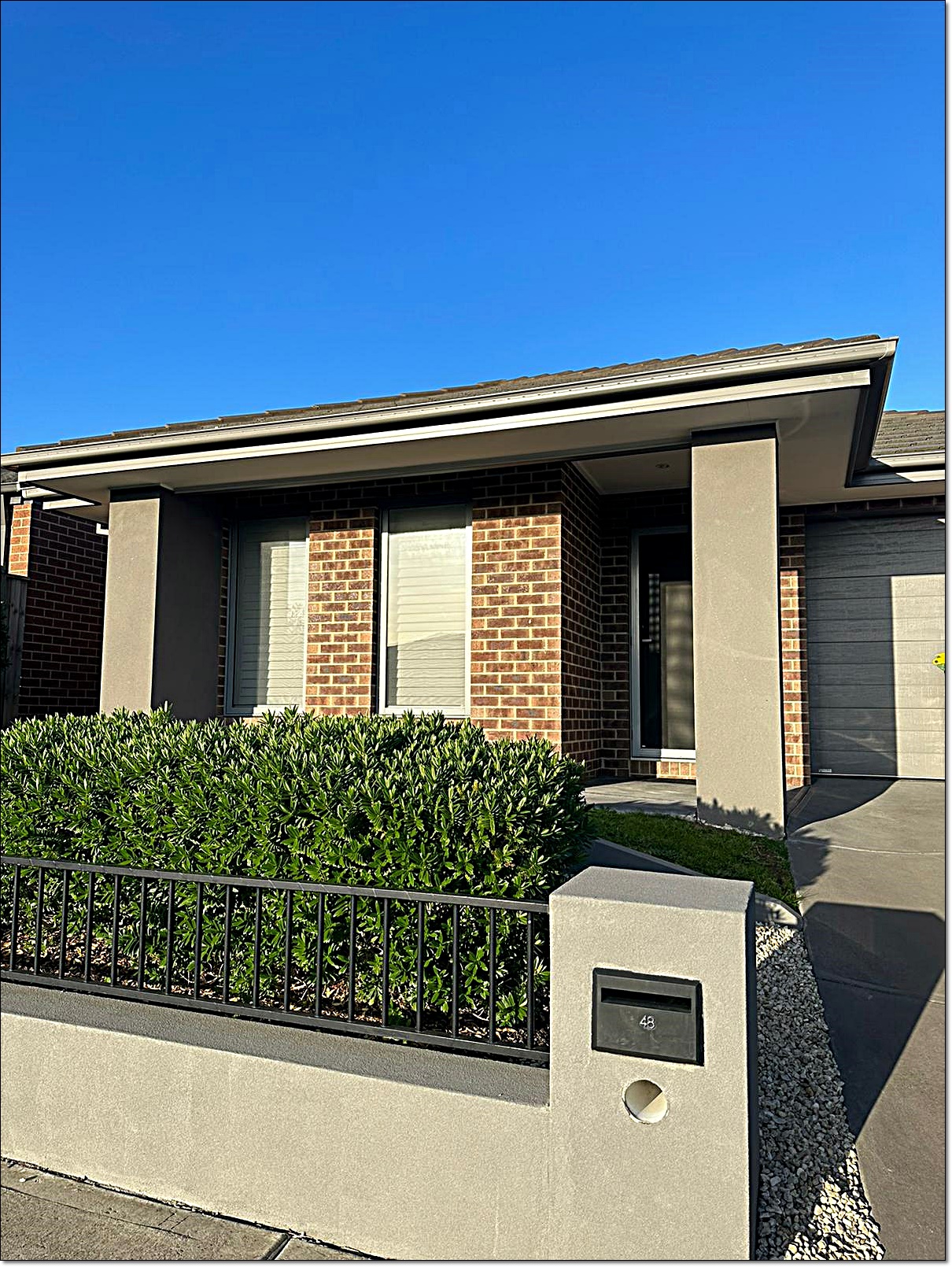



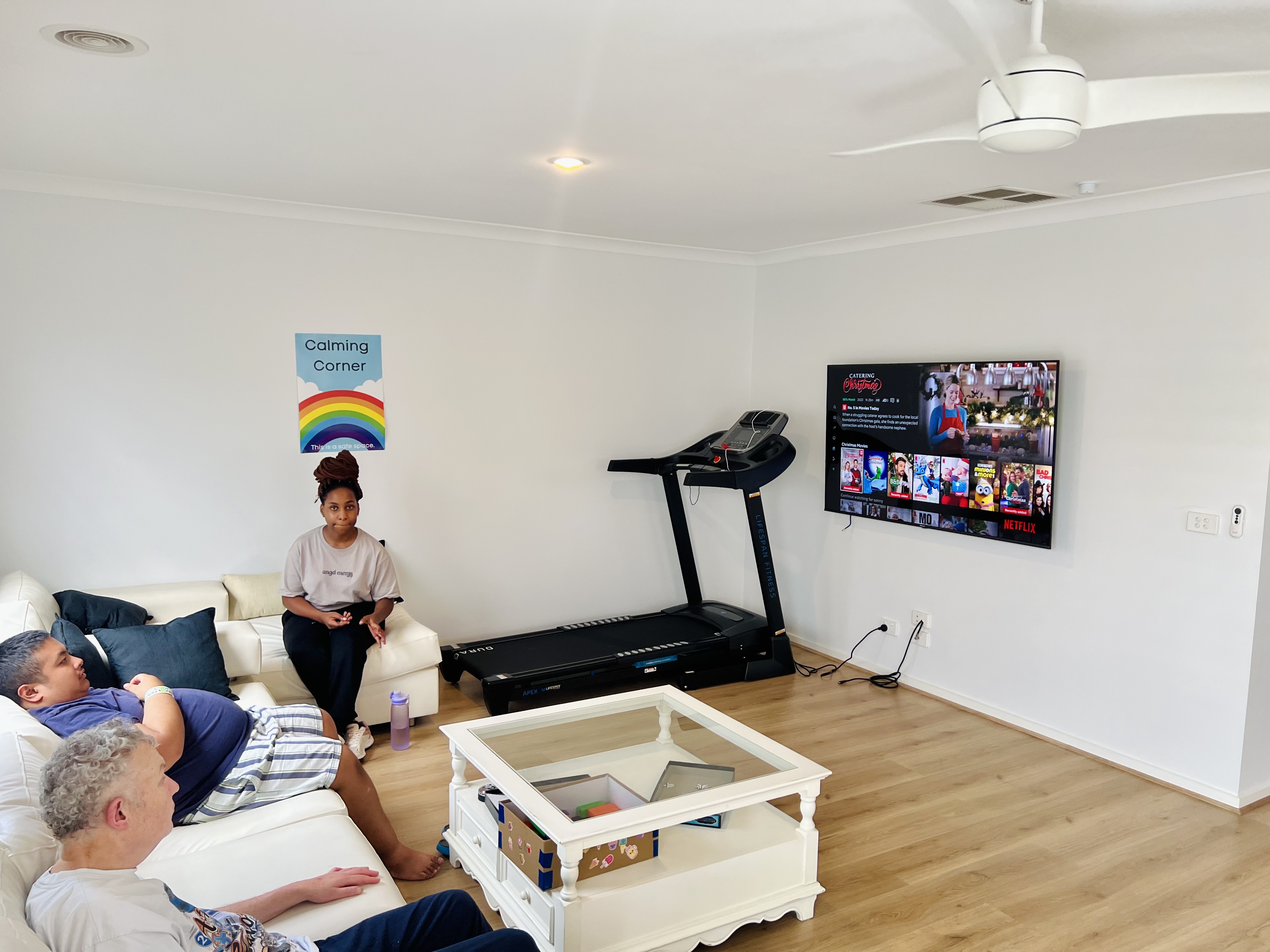
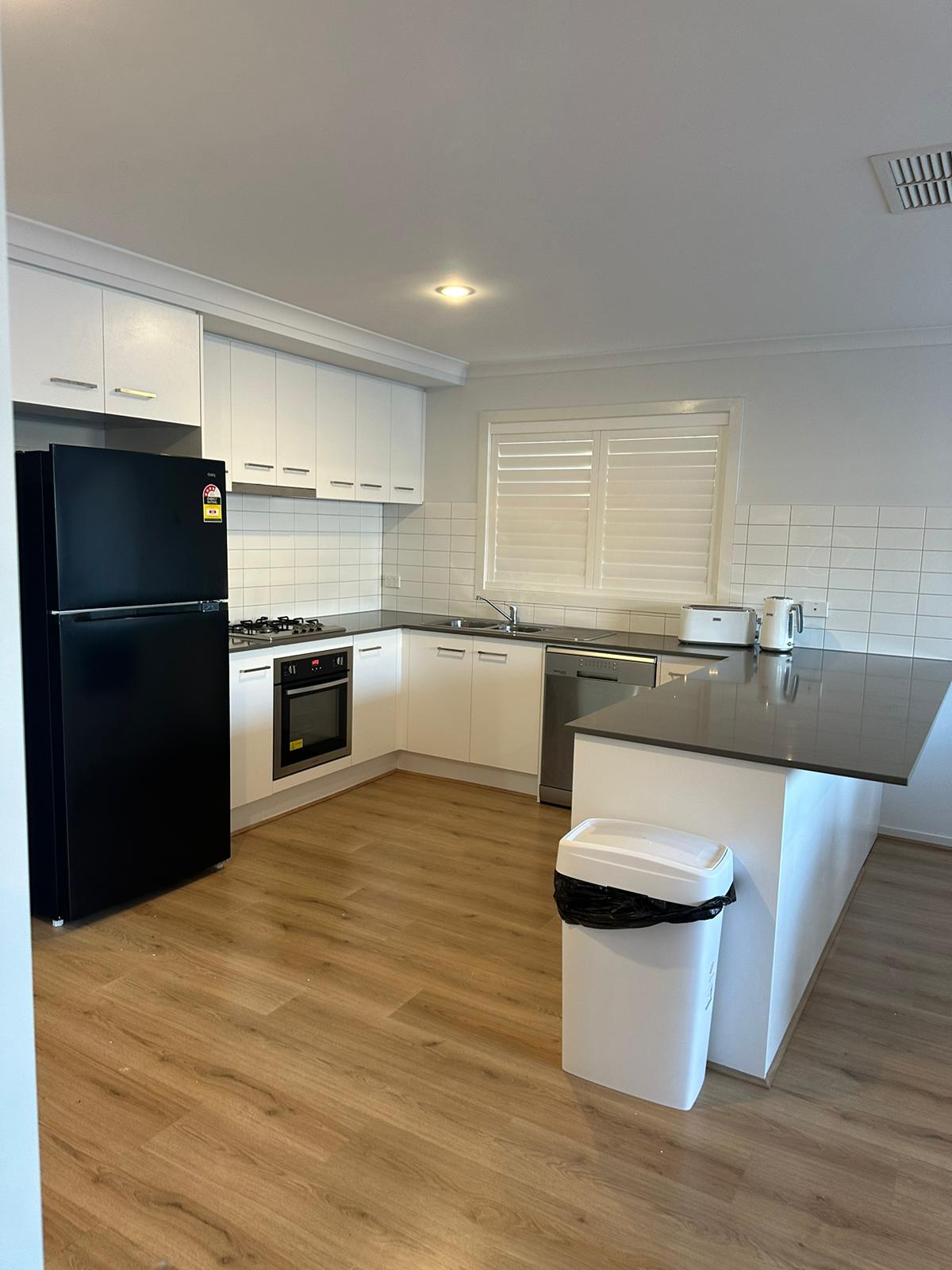
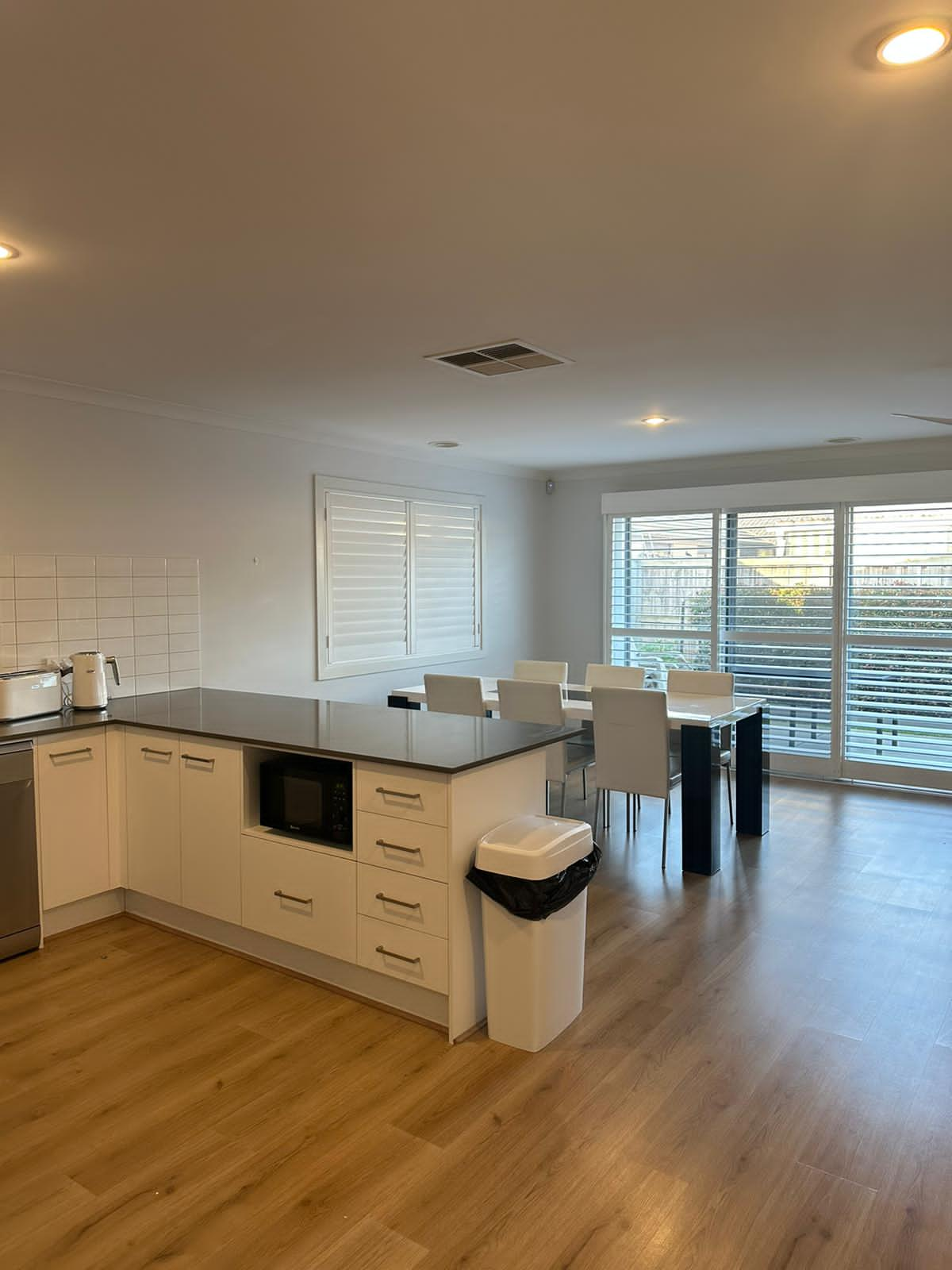
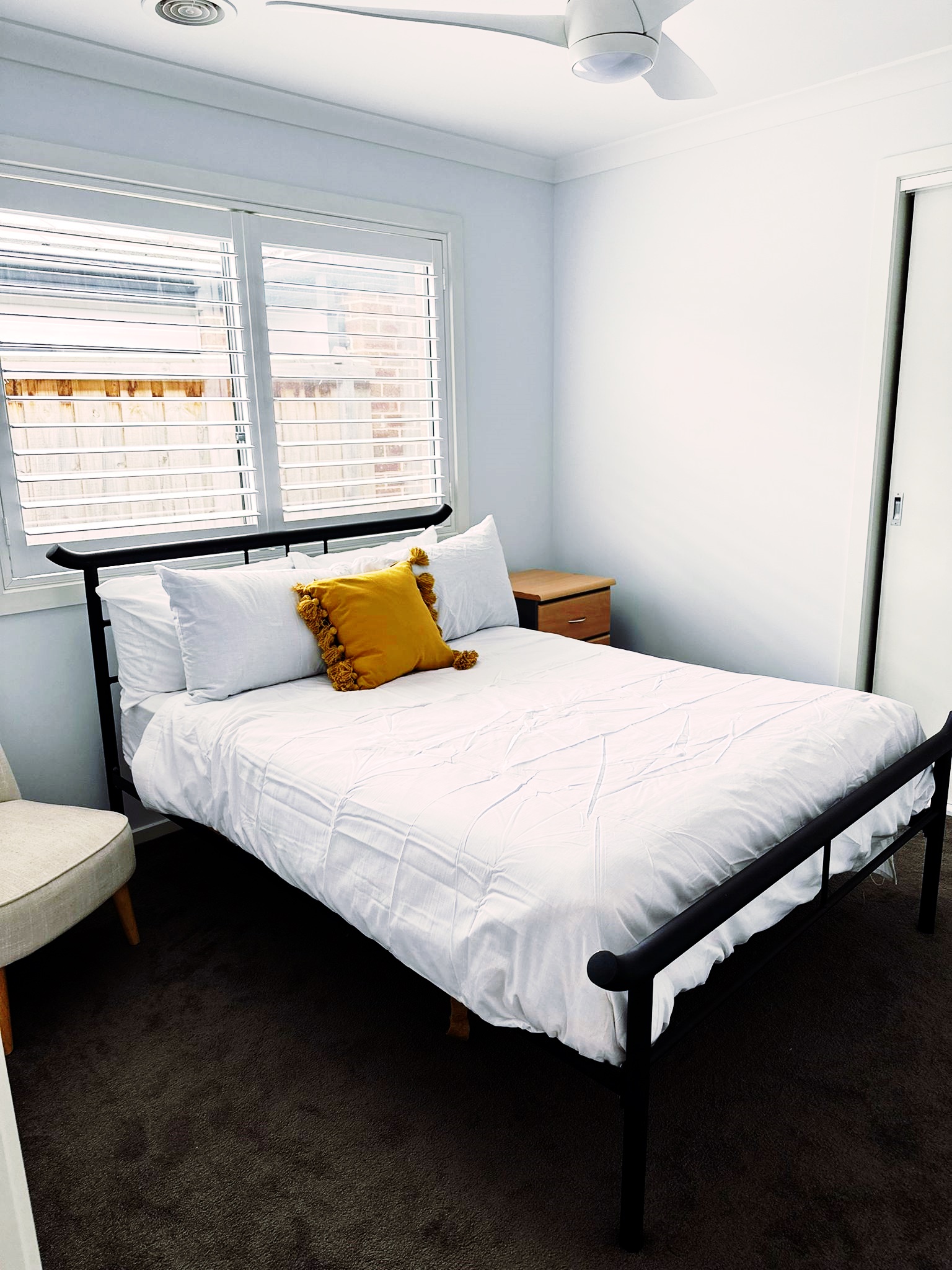

Transitioning to Independent Living
Preparing for the Transition Process: Involves planning and emotional readiness. Start by familiarizing yourself with the new living environment, understanding the available support services, and engaging in open communication with the support team. Pack essentials and personalize your living space to make it feel like home. Create a schedule that gradually integrates new routines while maintaining familiar ones. Reach out to peers and mentors who have gone through similar transitions for advice and reassurance. Embrace the change with a positive mindset, acknowledging both the excitement and challenges, as you embark on this journey towards increased independence and personal growth.
Overcome Challenges an concerns: This can bring forth challenges like adapting to a new routine, building relationships with support staff, and managing increased responsibilities. Concerns about isolation or feeling overwhelmed may arise. However, open communication with the support team, gradual adjustments to the new environment, and seeking guidance from peers can help address transition and fosters a sense of belonging within the SIL community.
Building a Support Network: Begin by fostering connections with fellow residents, forming bonds through shared experiences. Engage actively with support staff, Cultivating trust and open communication. Reach out to family and friends, seeking their encouragement and involvement in your journey. Participate in community activities and support group to expand your circle. By building a divers and dependable network, you create a safety net that empowers you to navigate challenges and relish the sense of camaraderie in your new SIL environment.
The Role of Caregivers and Support Workers
Caregivers: Caregivers assume a vital role by providing tailored assistance and guidance to individuals striving for self-reliance. Their role involves designing personalized support plans, addressing medical and daily living needs, and fostering emotional well-being. Caregivers empower residents to achieve their goals while respecting their autonomy, offering practical aid with tasks like medication management and personal care. they also cultivate a sense of community, organize skill-building activities, and encourage social engagement. Ultimately, caregivers serve as essential companions on the journey toward independence. offering support, empathy, and a reassuring presence that enables individuals to thrive within their chosen living arrangements.
Support Workers: Support workers play a crucial role in facilitating individuals’ self-sufficiency and well-being. They offer practical assistance tailored to each resident’s needs, ensuring tasks such as personal care, household management, and medication adherence are managed effectively. Support workers collaborate with residents to design and implement personalized support plans that align with their goals and preferences. They also contribute to building a sense of community by organizing social activities, fostering connections among residents, and creating opportunities for skill development. Through their empathy, expertise, and dedication, support workers empower individuals to navigate challenges, develop essential life skills, and experience a fulfilling and independent life within the SIL framework.
Legal and Financial Considerations
Navigating legal Rights and Responsibilities: To navigate legal rights and responsibilities in a SIL setting , Individuals should begin by familiarizing themselves with pertinent laws and regulations governing their rights as well as obligations. This involves understanding privacy, autonomy, and dignity rights while adhering to lease agreements, financial commitments, and community guidelines. Open communication with support staff and legal advisors can clarify legal matters, enabling informed decision-making and ensuring a harmonious coexistence within the SIL framework while upholding individual rights and responsibilities.
Funding and Financial assistance options
Funding and Financial assistance options for SIL can be explored through various channels. Individuals can start by researching government programs, grants, and subsidies specifically aimed at supporting independent living arrangements. it’s essential to engage with social workers, case managers, or financial advisors who can provide insights into available options and help navigate the application process. Additionally, understanding personal budgeting, managing expenses, and exploring potential sources of income, such as employment or disability benefits, can contribute to financial stability within the SIL context.
Managing budgets and expenses: Begin by creating a comprehensive budge that outlines all income sources and anticipated expenses, including rent, utilities, groceries, and personal care. prioritize essential expenses and allocate funds accordingly. consider setting up a separate bank account for SIL-related finances to maintain clarity. Regularly track spending to ensure adherence to the budget and identify areas for potential savings. Seek financial advice from professionals. By proactively monitoring and adjusting your budget as needed, you can maintain financial stability and ensure a successful and sustainable SIL experience.
Challenges and Solutions in Supported Independent Living
Addressing Isolation and Loneliness: Living by yourself for the first time can come with many new thoughts and feelings. To combat isolation, encourage active participation in community activities, workshops, and social events that foster connections among residents. Implement regular check-ins and facilitate group interactions to create a supportive network. Incorporate technology for virtual communication with friends and family. Design a common space that encourages socialization and interaction. Provide access to mental health resources and counseling for residents to discuss their feelings and concerns. By prioritizing community engagement, communication, and mental health support, you can create an environment that diminishes isolation and enhances residents’ quality of life in a SIL home.
Dealing with health and safety concerns: Conducting regular safety assessments of the living environment, addressing potential hazards, and ensuring accessibility for all residents. Implement clear guidelines for medication management, emergency procedures, and health protocols. Foster open communication between residents and support staff to address health issues promptly. Provide education on personal hygiene. nutrition, and health practices. Collaborate with healthcare professionals for regular check-ups and consultations. By maintaining a vigilant approach to safety, offering clear protocols, and promoting health awareness, you can create a secure and thriving SIL home environment.
Strategies for Overcoming Setbacks
Resilience Building:
- Develop Resilience by facing setbacks head-on and bouncing back stronger.
- Focus on Your strengths and previous achievements to boost confidence.
Positive Mindset:
- View setbacks as opportunities for growth and learning.
- Maintain optimism and focus on solutions rather than dwelling on problems.
Open Communication:
- Discuss setbacks openly with support staff and caregivers.
- Seek advice and guidance from those who have experience in SIL.
Flexibility and Adaptation:
- Adjust goals and expectations to align with your current situation.
- Embrace change and be willing to modify your approach when needed.
Problem-Solving:
- Analyze setbacks to identify the underlying causes.
- Brainstorm potential solutions and strategies to overcome challenges.
Support Network:
- Lean on peers, mentors, and support staff for guidance and encouragement.
- share experiences and learn from others who have faced similar setbacks.
Measuring Progress and Continued Growth: Measuring progress and fostering continued growth in a Supported Independent Living (SIL) setting involves regular self-assessment and goal tracking. Reflect on achievements, both big and small, to gauge personal development. Maintain open communication with support staff to receive construction feedback and insights. Set clear, achievable goals that align with your aspirations and adjust them as you advance. Embrace learning opportunities and seek new challenges to promote ongoing growth. By consistently monitoring progress. adapting goals, and pursuing new experiences, you can ensure a fulfilling and evolving journey within your SIL environment.
Promoting Inclusive and Community Integration: Promoting inclusive and community integration in a Supported Independent Living (SIL) home involves creating an environment where all residents feel valued and engaged. Encourage social interactions through organized activities that foster connections among peers. Embrace diversity by celebrating individual differences and experiences. Collaborate with residents to design inclusive events that cater to various interests and abilities. Create spaces that are accessible and accommodating to all, ensuring everyone can participate. Encourage open communication, active listening and mutual respect to build a sense of belonging. By nurturing an inclusive and supportive community, you cultivate a SIL home where residents thrive through shared experiences and meaningful relationships.
- Diverse Activities: Organize a variety of activities that cater to different interests and abilities, ensuring all residents have opportunities to participate and engage.
- Accessible Spaces: Ensure that common areas and facilities are designed to be accessible and accommodating for individuals with various needs, fostering a sense of belonging for everyone.
- Cultural Celebration: Celebrate cultural diversity by acknowledging and respecting residents’ unique backgrounds and experiences, promoting an inclusive atmosphere.
- Open Communication: Foster an environment of open communication, active listening, and mutual respect among residents, encouraging the sharing of ideas and experiences to create a supportive community within the SIL home.
FAQ
1. How is the home structured to support independent living?
Our SIL home in Pakenham is designed to promote independent living, with features such as accessible spaces, adaptive technologies, and support services tailored to individual needs.
2. What level of support is provided in the SIL home?
Our SIL home offers varying levels of support, including assistance with daily living activities, healthcare support, and personalized care plans based on individual requirements. We have 24/7 Support Working staff.
3 Who are the support staff, and what qualifications and training do they have?
Our support staff are qualified professionals with relevant certifications and training in disability support. They are experienced in providing person-centered care to enhance the well-being of residents.
4. What is the daily routine like in the SIL home?
The daily routine is structured to balance individual preferences and needs. It includes activities such as mealtimes, recreational pursuits, skill development sessions, and opportunities for social interaction.
5. Are residents involved in decision-making processes about their daily lives and the home environment?
Yes, residents actively participate in decision-making processes, providing input on daily schedules, activities, and any changes to the home environment. We value and encourage resident autonomy.
6. What social and recreational activities are available for residents?
A range of social and recreational activities are offered, including group outings, hobby sessions, and community events. Residents can engage in activities tailored to their interests and preferences.
7. How are meals and dietary preferences handled?
Meals are planned with consideration for dietary preferences and restrictions. Our Support staff works closely with residents to ensure that their nutritional needs and food preferences are accommodated.
8. What are the safety and emergency procedures in the SIL home?
Our SIL home has comprehensive safety measures and emergency protocols in place. Staff members are trained to respond effectively to any emergency, ensuring the well-being of all residents.
9. How is privacy maintained within the SIL home?
We prioritize and respect the privacy of each resident. Individual living spaces are designed to provide personal space, and staff members are trained to uphold confidentiality and discretion.
10. What is the process for addressing concerns or making suggestions about the living arrangement?
Residents can communicate concerns or suggestions through regular meetings with support staff, suggestion boxes, or directly with the management team. We have an open-door policy to encourage transparent communication.
11. Are there opportunities for skill development and independence training?
Yes, our SIL home offers programs and initiatives for skill development, fostering greater independence. Residents can participate in training sessions and workshops to enhance their skills and abilities.
12. How are financial matters handled within the SIL arrangement?
Financial matters, including rent and utility payments, are communicated to residents upon admission. We provide transparent information about financial responsibilities and support residents in managing these aspects effectively.

